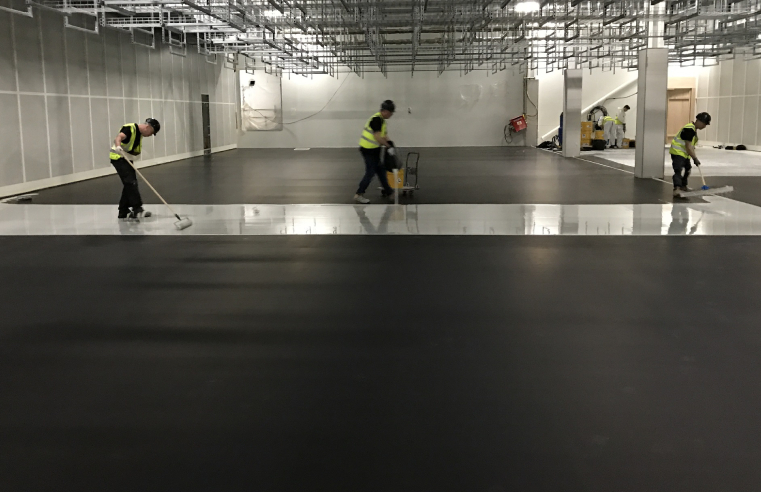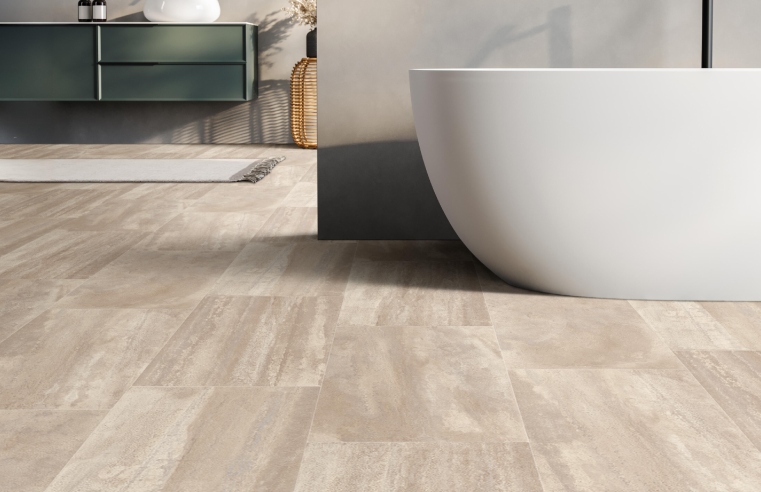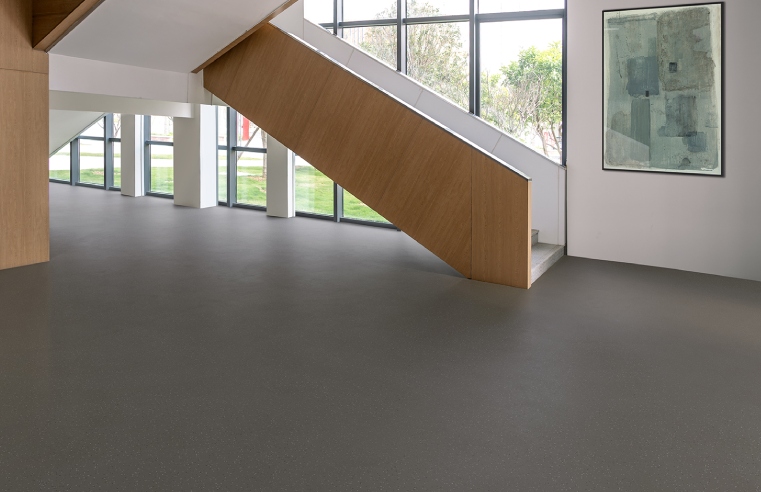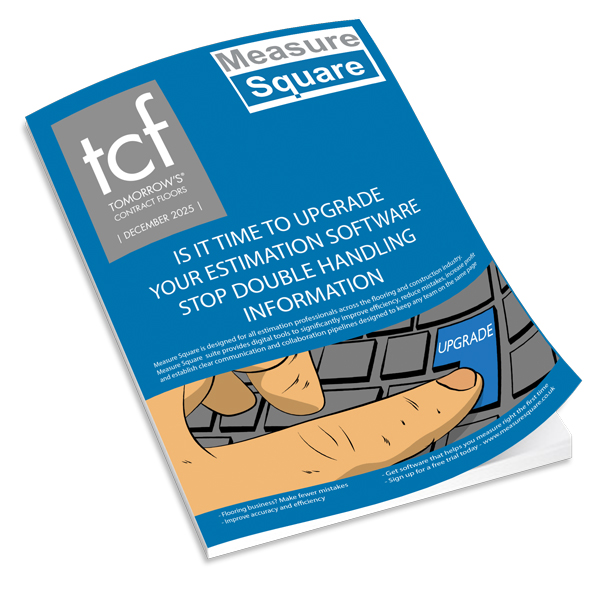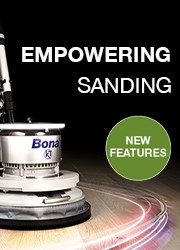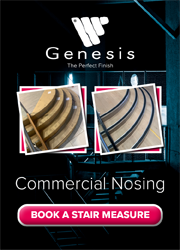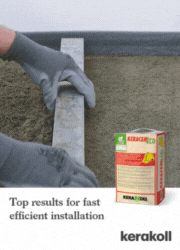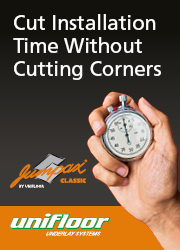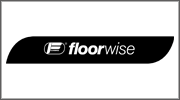Simon Clark, at Sika, highlights how self-smoothing screeds help simplify and improve the flooring installation process.
A detailed assessment of the subfloor is essential to successful floor installation. This will ascertain its compatibility with the floor finish, be it wood, carpet, vinyl or tiling. Wood, for example, can cup or warp if excessive moisture is present in the subfloor. Similarly, debonding of, or blisters can be caused in sheet vinyl.
Prepare to succeed
Prior to commencement, the presence of a suitable DPM and any underfloor heating must be established. The subfloor moisture content should be measured and if greater than 75%RH, an appropriate surface DPM specified.
Before any smoothing compound is applied, the substrate must be mechanically prepared, cleaned and free from dust and debris. Surfaces which are especially friable must be consolidated with a suitable primer – either acrylic or epoxy – to avoid defects in the smoothing material and subsequent finish. Similarly, any old bituminous layers or existing adhesives must be completely removed to ensure the best possible bond is achieved with the parent substrate and provide a finished surface that is flat, even and defect-free throughout.
The use of a high-quality, self-smoothing screed is essential to ensure that subfloors can be quickly and professionally prepared and are in the correct condition to accept the chosen flooring product once dry and fully-cured.
Supplied as a powder in easy to manage bags, many self-smoothing screeds are mixed with water before simply being poured or pumped onto the prepared surface. From a practicality perspective however, it is important to first identify any areas in which dips and valleys occur and ensure the smoothing screed is poured accordingly.
On smaller areas, using a straight edge will identify where low points occur to allow pre-filling if necessary and ensure a flat finish. On larger projects, a level survey should be carried out to ascertain the degree of levelling required.
Working in this way, it is possible to keep waste to a minimum, which can further help to keep all important costs down. Once applied, the screed should be left to cure completely before being opened to traffic, with some screeds this can be in as little as 60 minutes.
The next stage in the process is to lay the chosen flooring material. However, it’s vital to test the moisture levels in the floor to ensure it is dry enough to take the chosen flooring material. By definition, a dry reading should be below 75% RH or 2.0% CM (carbide method) moisture content by weight depending on the type of test carried out. By adhering to these simple procedures, it is possible to ensure flooring projects are error-free.
Schönox solution
To make the process as straightforward as possible, the use of specially-designed, self- smoothing screeds, primers, DPMs and adhesives such as those available from Sika Schönox, eliminate substrate concerns whilst providing reassurance to the professional floor layer and the end user that the floor will accommodate the loading placed upon it, without adverse effects further down the line.
The availability of high-performance, cost-effective, self-smoothing products such as Schönox HS 50 has helped simplify the installation process without compromise to performance. However, durable flooring requires more than first-class materials; it takes careful planning and a keen eye to scrutinise even the most minor detail to produce a surface that stands the test of time. Get the basics right, and a flawless floor is there for the making.





